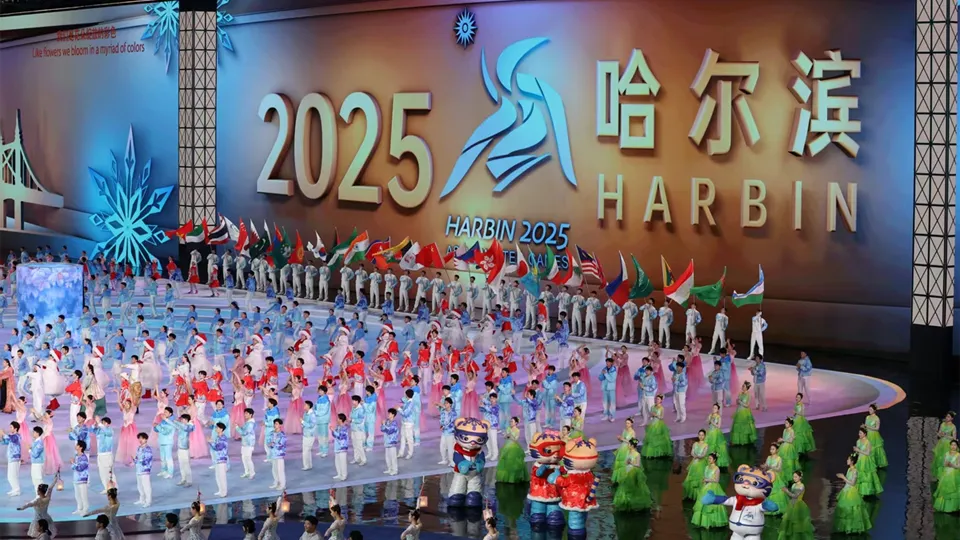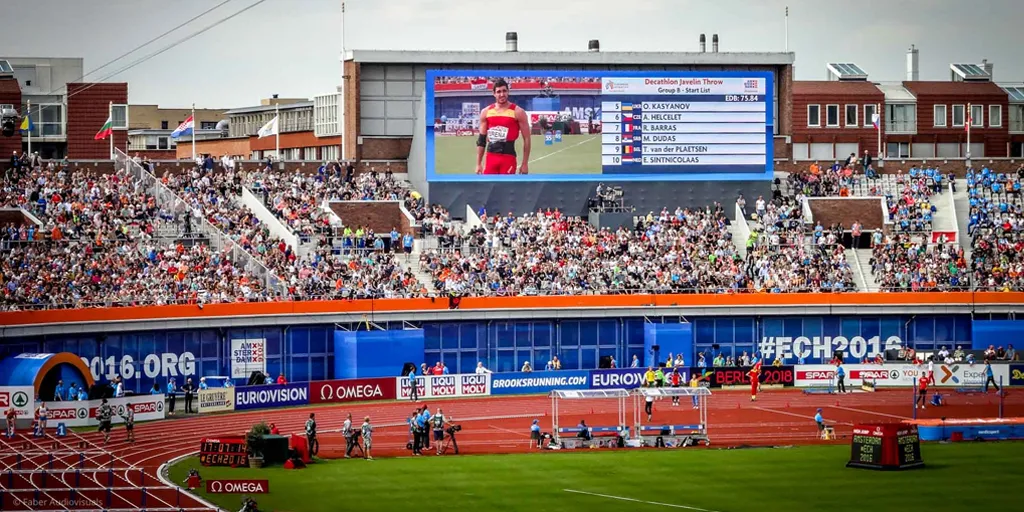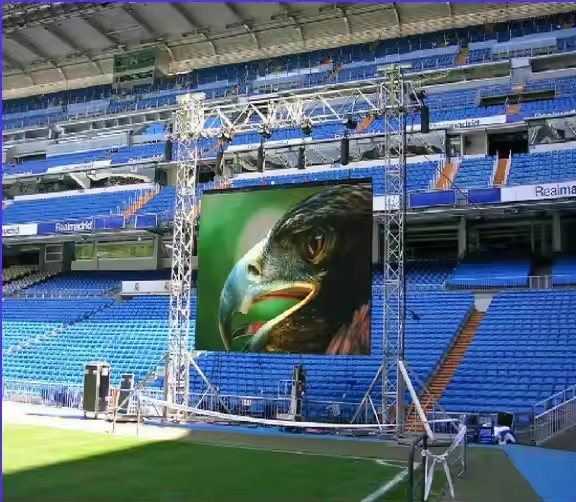The 9th Asian Winter Games concluded successfully in Harbin, Heilongjiang, leaving behind unforgettable memories of athletic brilliance. Beyond the awe-inspiring performances of the athletes, sports LED displays emerged as the silent heroes of the event, powering immersive experiences and seamless operations.
#MuenLED
#leddisplay
#ledscreen
#RentalLEDdisplay
All posts tagged: stadium LED screens
The hardest part of starting up is starting out


